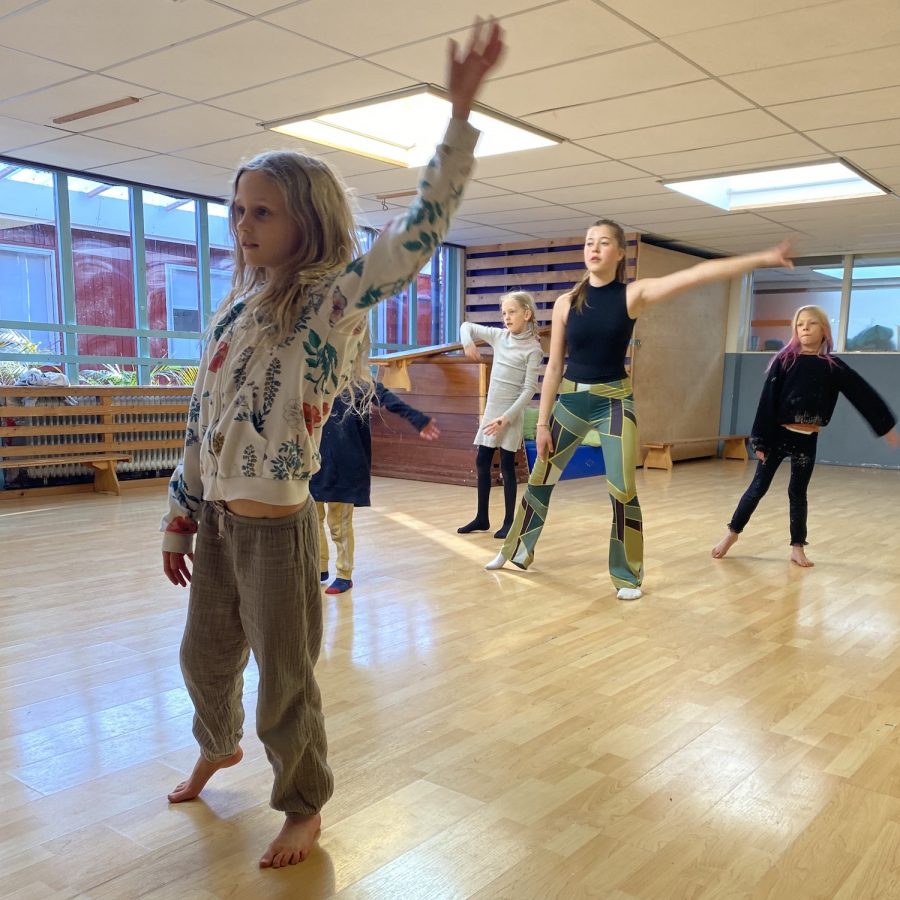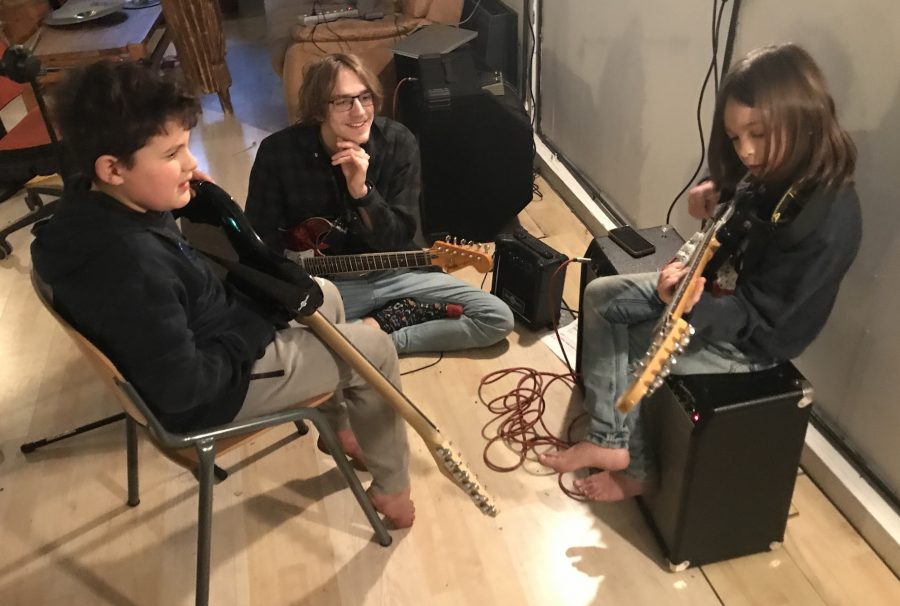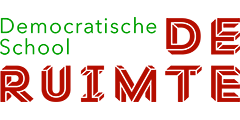Primary and secondary education under one roof
At De Ruimte we have created a space where children from 4 to 22 years of age can give purpose to their lives and educate themselves. You can start an admission procedure at any time of the year. There are no separate groups for primary and secondary education; the community functions as one entity.
Pupils are students
In the early days of De Ruimte the school meeting decided that all pupils are to be called ‘students’. In all these years that has never changed.
Intrinsic motivation
At De Ruimte students learn through intrinsic motivation. When they are intrinsically motivated learning processes are intensified and transmission of knowledge is far more efficient.
De Ruimte counts about 150 students under 22. The school has staff members to do staff chores together with the students and sometimes the staff members also have a role as formal teacher. Then there is a colourful group of part time teachers connected to the school helping the students to fulfil their learning goals.
Natural transition to secondary education
From the very first moment students join the school they are given the space to find their own learning paths. The transition from kindergarten to primary to secondary is a natural path driven by personal interest. They are not forced to pass tests, but they can always ask for one if they think that will help them to move on. They can also choose to do state exams to round up subjects for secondary school.

Age mix
At De Ruimte all ages mingle. There is no distinction between primary and secondary education and students are not divided in age groups. All students have access to all parts of the school and spend time with whomever they desire. The advantage of the age mix is that students learn tremendously from spending time with each other. The young learn from the older students, but also the situation may occur where a young students explains the workings of a machine in the technique room to an older student. Age groups also mix when playing games, cooking lunch or making art.
Domains
In the year 2018-2019 we introduced three domains. Every domain consists of a team of students, staff and teachers.
Domain 1 consists of a group of young students roughly up to 10 years old. Learning while playing and playing while learning is their device. Domain 2 works on finding a sense of direction and developing trust in your own potential. Most students in that domain are 10-15 years of age. Finally in domain 3 students shape their plans and work, in co-creation with others, on realizing their next step: with or without diploma.
Age limits are not handled strictly, students themselves indicate when they are ready to move to another domain. If for instance a student has decided on the course he wants to take after De Ruimte, needs sparring with peers and prepare for exams. Domain 3 is the place to be to realize that. The student asks for an interview with the Domain 3 circle to discuss the plans. The circle decides whether or not the goals of the student fit the purpose of the domain.
All spaces in the school are open to everybody. If young students want to relax in the hammock in domain 3, they are free to do so. Older students sometimes look after the young students in domain 1 or go and play pool in domain 2. Everyone can join in making music in the basement or with chemistry experiments in the lab (when the science teacher is there).


